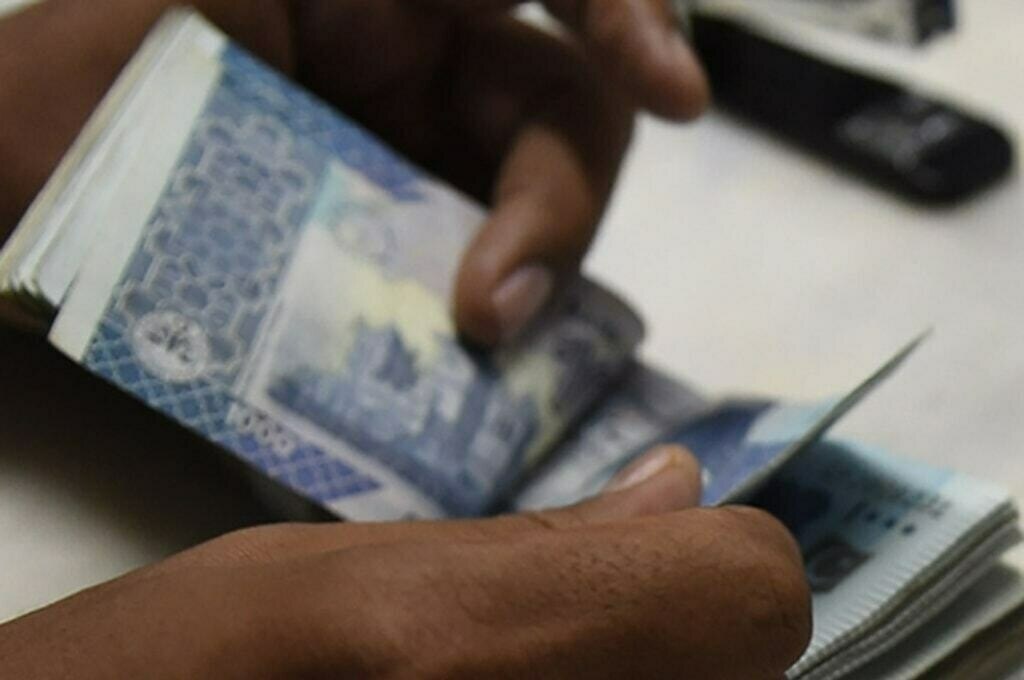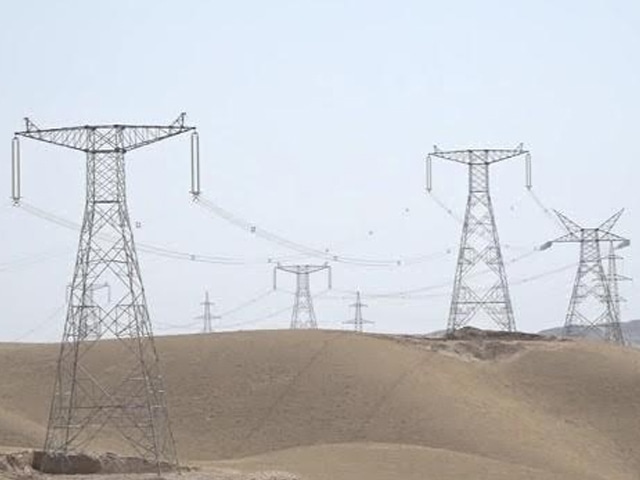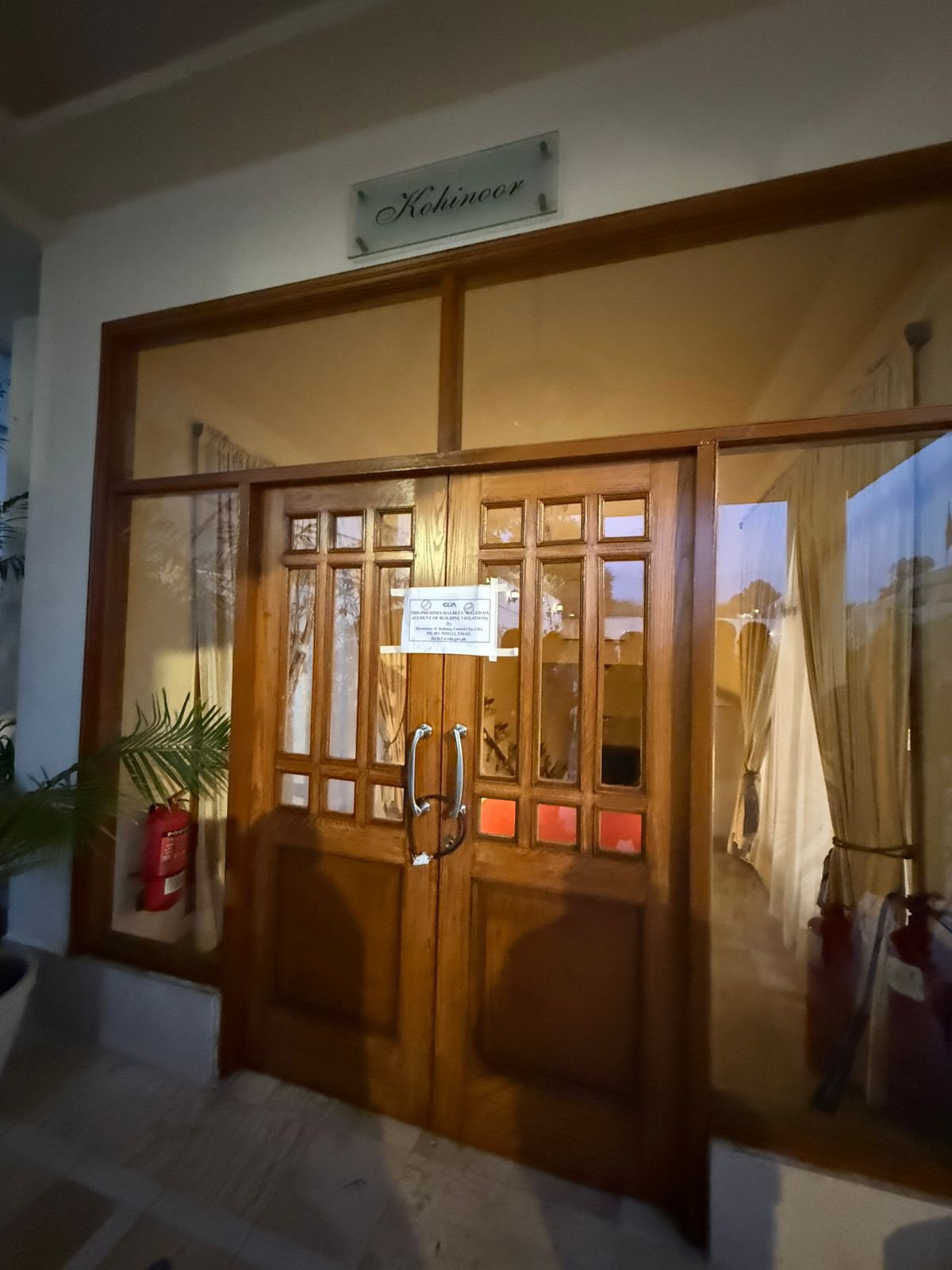Mohsin Siddiqui (Chief Reporter)
In a surprising turn of events, Pakistan’s inflation rate plunged to an almost two-and-a-half-year low of 11.8% in May 2024. This significant drop, driven primarily by a decrease in food prices and a slight correction in fuel rates, presents a critical opportunity for the central bank to adjust its monetary policy. The State Bank of Pakistan (SBP) is now under pressure to make a substantial cut in interest rates during its upcoming policy announcement on June 10th.
The Pakistan Bureau of Statistics (PBS) reported on Monday that the Consumer Price Index (CPI)-measured headline inflation rate stood at 11.8% in May, compared to the same month the previous year. This unexpected reduction in inflation was primarily due to a high base effect and a real decrease in the prices of essential food items, which helped pull the inflation rate down to a level not anticipated by the government or independent economists.
On a month-on-month basis, there was deflation in May compared to April, with the index dropping by 3.2%, according to PBS. This 11.8% rate marks the lowest inflation since November 2021, when it was recorded at 11.5%. The Ministry of Finance had recently adjusted its inflation forecast for May to 14.5%, while the Planning Commission projected a slightly over 13% inflation rate.
Despite significant room for reduction, the SBP has maintained the policy rate at a historically high level of 22%. This decision was made in the context of inflation not being demand-driven but rather due to administered increases in utility prices and food supply shocks. These factors have kept the inflation rate at elevated levels.
The central bank’s upcoming monetary policy announcement on June 10th is crucial. With the current headline inflation at 11.8%, an average core inflation rate of 15%, and next year’s average inflation target set at 12.5%, there is little justification for retaining the policy rate at its current level.
While the inflation rate has been on a downward trajectory for the fifth consecutive month, potential future shocks could reverse this trend. The imposition of an 18% sales tax across all goods, except those related to exports, in the upcoming budget could trigger another inflationary spike.
The International Monetary Fund (IMF) has publicly urged Pakistan to continue its tight monetary policy, challenging the autonomy of the central bank. High-interest rates have primarily benefited commercial banks at the expense of the national budget, businesses, and the general public. The government remains the largest borrower from the banking sector, borrowing nearly three-fourths of the total banking sector lending.
For the next fiscal year, the IMF has projected Pakistan’s cost of interest payments to reach a record Rs9.8 trillion, significantly higher than the government’s internal assessments. This projection indicates that the IMF does not foresee any major reduction in interest rates in the coming months.
Muneer Kamal, Secretary General of the Pakistan Banks Association, highlighted that the proportion of government borrowings aimed at financing the budget deficit has grown from 24% in 2008 to 83% today. Kamal argued that while banks are often criticized for profiting from high-interest rates, the elevated rates are a consequence of the country’s economic conditions and the government’s borrowing needs.
The PBS data showed a notable deceleration in food inflation across both urban and rural areas. In urban centers, food inflation increased by a modest 2.2%, while it decreased by 6.3% in rural areas. For the first time in years, the prices of various goods actually decreased in May compared to the previous year.
Significant reductions were observed in the prices of essential commodities. The average price of a 20-kilogram bag of wheat flour decreased by Rs789 to Rs1,907, a roughly 30% reduction, driven by a glut caused by wheat imports. Similarly, chicken prices fell by one-fifth to Rs347 per kilogram, egg prices decreased by 10%, and cooking oil rates dropped by Rs647, or 20%, to Rs2,652.
Non-food inflation in urban areas slowed to 23.6% and to 17.2% in rural areas. Despite this, gas prices were still 317% higher than the previous year, and electricity charges were up by 59%. The government plans to further increase electricity prices from July as part of its agreement with the IMF for the next bailout package.
Core inflation, which excludes energy and food items, also showed a decline, slowing to 12.3% in urban areas and 17% in rural areas. The average core inflation rate is now nearly 7% lower than the policy rate.
The average inflation rate has slowed to just under 25%, although it remains higher than the annual inflation target of 21%. Despite the slowdown, the IMF continues to advocate for high interest rates, predicting that the inflation rate will slow to 12.8% in the next fiscal year.
The Annual Plan Coordination Committee recently approved a 12.5% average inflation target for the next fiscal year, which the central bank is now legally required to pursue.




